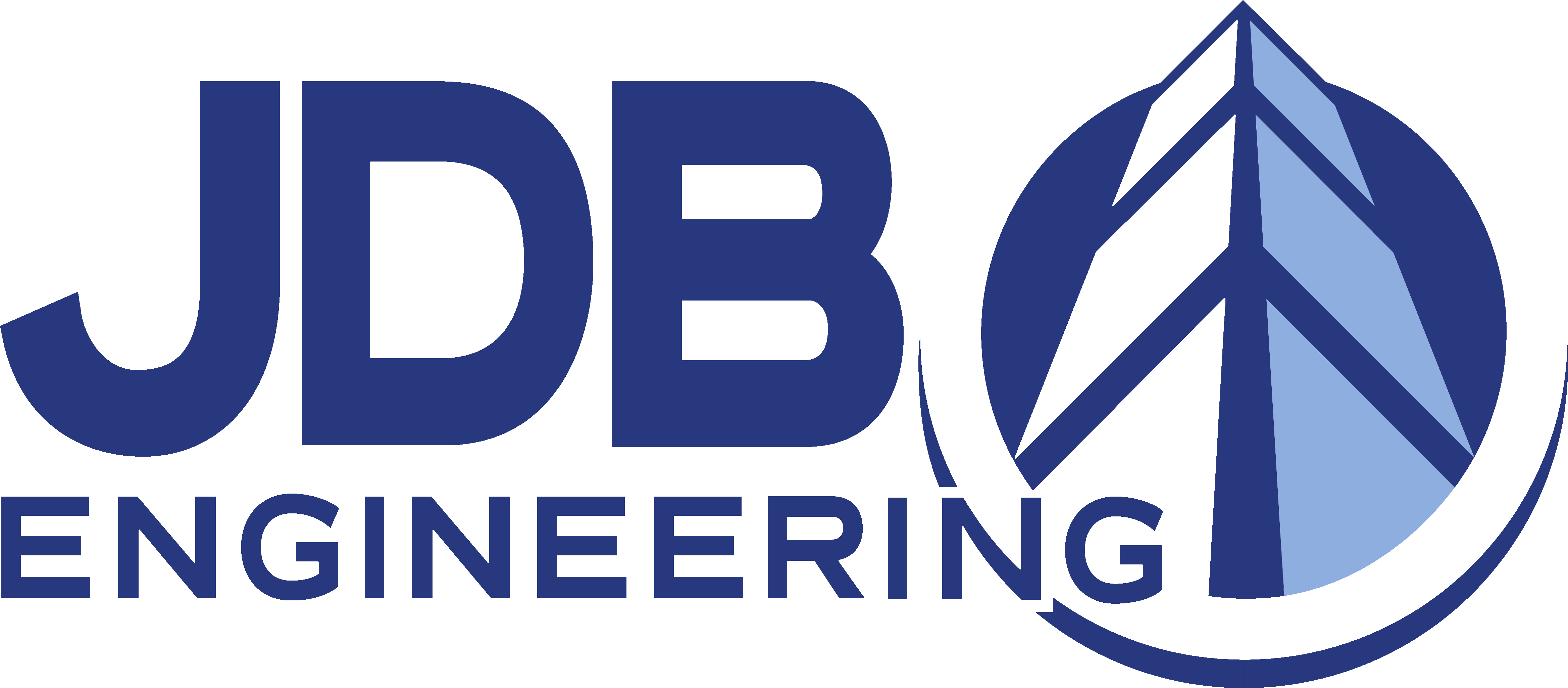by Kevin G. Angle, PE, LEED Green Assoc.
Having three young children at home, I hear all kinds of music in the car and in the house. Lately, my kids have become excited when Meghan Trainor’s “All About the Bass” comes on the radio – I regularly listen to all three of them in the backseat of the car screaming the lyrics. While writing this post, I was tempted to title it “VRF – It’s All About the Application.” VRF, which is also called VRV, has gained popularity as a newer technology in the United States. This type of air conditioning system utilizes Variable Refrigerant Flow (or Volume).
VRF systems are often viewed as an enhanced version of ductless split systems, which have been successfully installed for many decades. The term “variable refrigerant flow” refers to changing the flow of refrigerant to each indoor unit. The Variable Refrigerant Flow enhancement comes with multiple indoor unit evaporators or condensers, up to 16 with various manufacturers, utilized with a single outdoor condensing unit or heat pump. Due to the advanced use of variable speed compressors, drives, and inverter-driven fans, many manufacturers of these systems are capable of providing simultaneous heating and cooling through their indoor units. Most manufacturers refer to these as heat recovery systems, and they have various methods of recovering the heat through either a two-pipe or three-pipe system.
Now that we know the capabilities of a VRF system, when does it make sense to use it? It’s all about the application (queue the music!). On the renovation of a relatively small government housing project (5,000 sq. ft.), we were tasked within the design criteria to provide a central HVAC system that also provided individual temperature control within each dormitory room. In addition, we had to meet the design requirements of a LEED-certified building, which requires energy savings of 30% compared to the baseline system. Those two criteria limited our options and led us in the direction of VRF. In the end, VRF and geothermal systems were the only two systems able to meet the energy savings.
So we know that the application of VRF works for a smaller building, but is it an option for larger buildings? I would say yes – but again, it’s about finding the right application. VRF systems are good for potential high-rise buildings, which have varying exposures and varying loads throughout the building. VRF heat recovery systems will perform well where one space may need heating, while the adjacent space may need cooling. VRF systems are expensive in terms of first cost – in many cases 2 to 2.5 times compared to a traditional packaged DX system. However, our energy models are indicating that in some cases, as much as 50% energy savings may be achieved when compared to baseline systems. Also, it is important to note that VRF systems do require a dedicated outdoor air system to meet ventilation codes, which in many cases adds to the first cost. Buildings with operable windows or natural ventilation are prime candidates for VRF. VRF also makes sense for historic renovation projects, where it is easier and less invasive to install refrigerant piping than larger hot or chilled water piping, along with associated ductwork.
VRF systems have been used with some success for larger assembly spaces; however, indoor units are typically limited in capacity to approximately 3-5 tons of cooling. As a result, VRF systems may not be the best solution for this application or for any type of industrial or manufacturing building. Albeit a newer technology with many uncertainties surrounding the reliability of energy models, actual savings in labor, and first cost, VRF systems have proven to have a spot in the marketplace with the right application. VRF systems are not new to Europe, and have been successfully used there for more than twenty years, which must say something.
You Might Also Like
Real-World Applications for VRF Systems





Hello,
I want to understand what you mean when you say “VRF systems are expensive in terms of first cost – in many cases 2 to 2.5 times compared to a traditional packaged DX system. However, our energy models are indicating that in some cases, as much as 50% energy savings may be achieved when compared to baseline systems.” Is it because the ability to modulate flow in a VRF makes it so much more efficient? or because if you needed heating and cooling simultaneously you would have to run your DX plus conventional heating system to get this done therefore using 2x the energy? Or is is just that a VRF system is a much more sophisticated system than the the DX (the way a air source heat pump is more sophisticated than an AC) ? hope you can help! thank you so much in advance
To clarify, there are two distinct costs, first cost (the cost of equipment and installation) and operating cost (the utility costs to operate the system). The first cost of VRF systems are higher than traditional packaged DX equipment because of more sophisticated equipment that is more expensive. In addition, VRF systems usually have a higher labor cost for installation because of more extensive refrigerant piping and the fact that “VRF manufacturer-certified ” contractors typically are required.
Operating cost of VRF is greatly reduced because of the technology of the equipment. The variable flow compressors operate based on load demand, resulting in less power consumption. VRF systems with the heat recovery option provide simultaneous heating and cooling capability throughout the system. This is accomplished with “recovered” heat in lieu of new energy via the compressor/condenser. For example, if one fan coil unit serving a temperature control zone is in cooling mode and another fan coil unit is in heating mode, the absorbed heat from the unit in cooling is transported and used by the fan coil unit that is in heating mode. On a larger system with many fan coils, this effect can be quite substantial. The compressor then is only required to accommodate the “net” effect, which results in increased energy efficiency. The control of the components of a VRF are not overly complex, but as a whole, a VRF system with heat recovery provides a lot more sophistication, which leads to better temperature control and lower energy consumption.
Hope this helps. If further explanation is needed, feel free to ask.
Hi
I don’t know why you didn’t published my previous comments?!!!!
Any way, we should be objective and give a sensible evidence to support what we said, not just repeating the VRF manufacturers claims.
You said VRF is efficient because it’s efficient at part loads,
Sorry but it’s not enough for me, you should submit the seasonal energy efficiency ratio values , it should be a field values (not for a labs tests) and it should be certified by a third party.
If you checked the efficiencies at part loads you will find tow ranges, positive and negative, at the positive range( when the load percentage from 99% to 70%) we have efficiency increment on the other hand and at the negative range (when the load percentage from 70% to 1%) we have efficiency reduction and the energy efficiency ratio values fall to 0.5 kW/kW and even less!!!!!!
Vrf is a great system. Very flexible and efficient.
Is the VRF system only for commercial buildings or is it applicable in residential homes also?
The Variable Refrigerant Flow enhancement comes with multiple indoor unit evaporators or condensers, up to 16 with various manufacturers, utilized with a single outdoor condensing unit or heat pump.